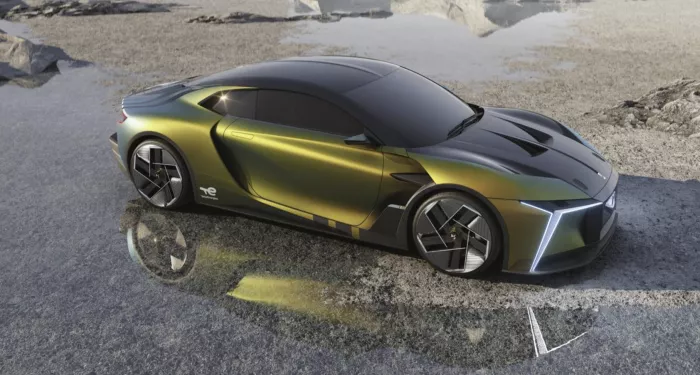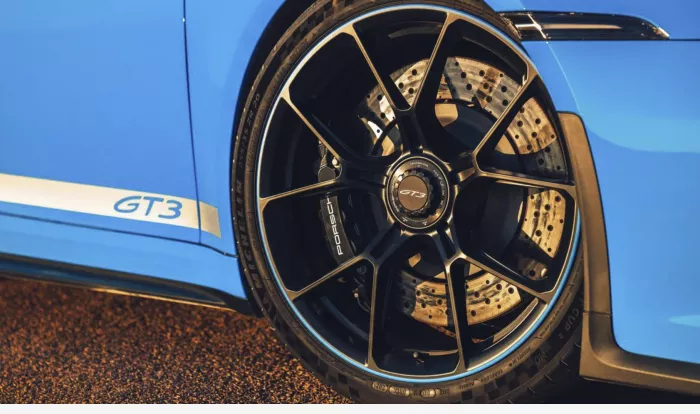Electric vehicles have used a combination of traditional friction braking and brake regeneration. The latter uses the resistance of the same motor driving the car to slow down the car and input energy into the car's battery to extend its endurance. Citroen is exploring whether regenerative braking can eventually become the only way to slow down the car, helping to better charge the battery and eliminate traditional brake discs and pads in the process.

All new cars sold in Australia today have disc brakes. Their working principle is to clamp the rotating rotor with brake pads and use friction to slow down the vehicle. Some cars, such as utes and cheap hatchbacks, also have "drum" brakes connected to the rear wheels. Both types produce "brake dust", that is, fine particles of metal materials separated from the brake pads and discs during braking. Vehicles with drum brakes trap most of the dust in the braking system, while disc brakes disperse the materials into the surrounding air.

Non exhaust sources from road traffic, such as road, tire and brake wear, are also identified as particulate matter emission sources harmful to human health and the environment, and their share in the total particulate matter (PM) emission of road transportation has increased significantly. With the predictable growth of the market share of electric and hybrid vehicles, this trend will only increase in the next few years. Therefore, non waste gas sources must now be targeted in order to achieve further results in the fight against particulate matter.

Diesel fumes and brake dust seem to be equally bad in terms of toxicity to macrophages. Macrophages protect the lungs from microorganisms and infections and regulate inflammation, but when they are exposed to brake dust, they can no longer absorb bacteria. Worryingly, this means that brake dust may lead to the so-called "London throat", that is, a series of coughs and colds and more serious infections, such as pneumonia or bronchitis, which are affected by diesel exhaust exposure.